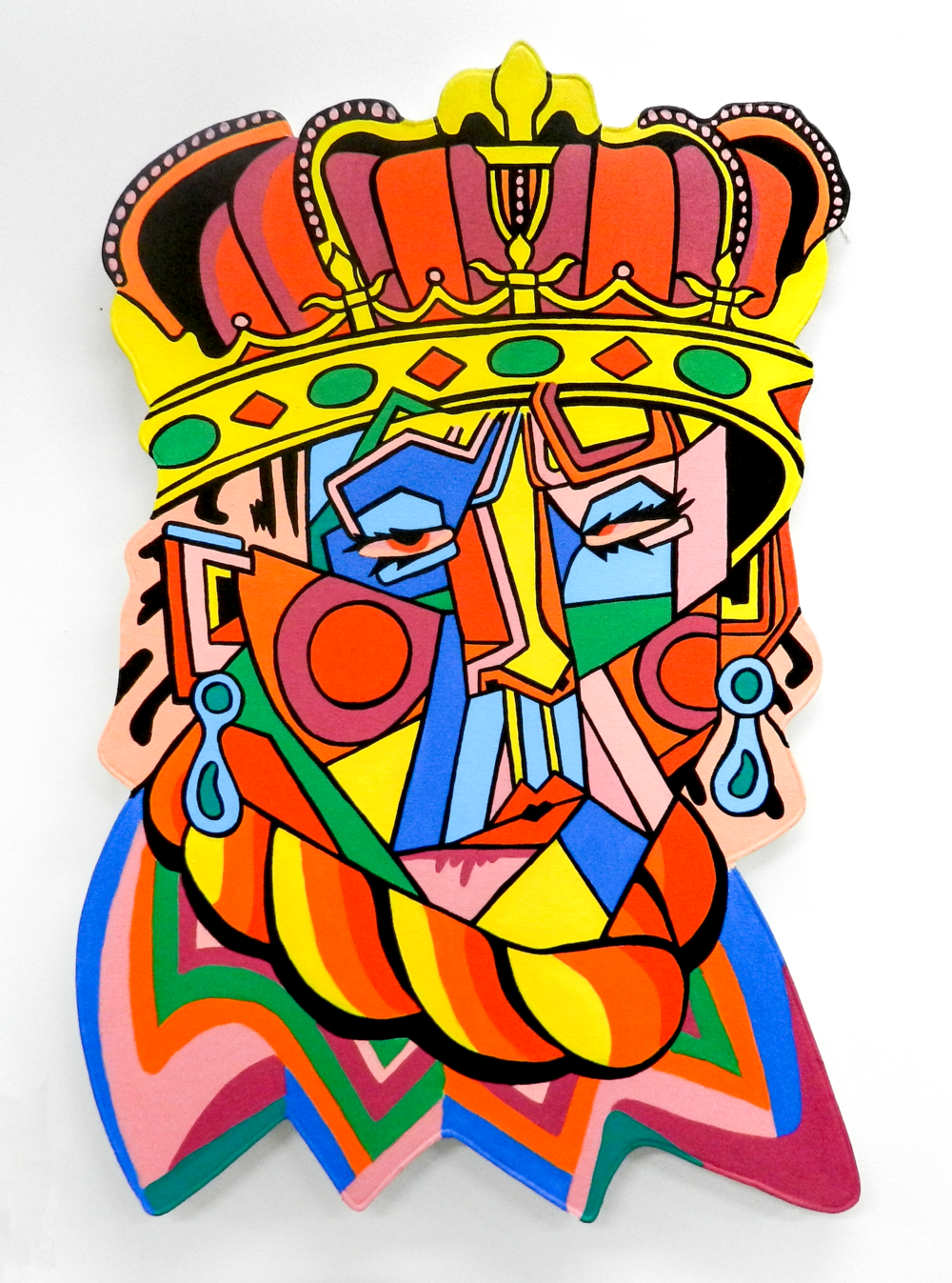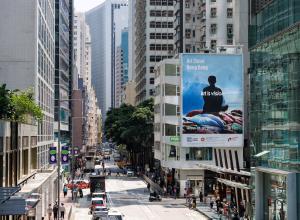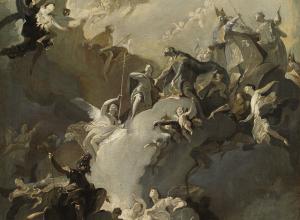Superfine! is one of the most unique art fairs in America. With a belief that art fairs can be curated and still offer affordable works, Superfine! connects art enthusiasts and collectors to emerging independent artists. Art & Object recently chatted with Superfine!'s Co-Founder and Director, Alex Mitow. We spoke to him about the fair's 2019 NY edition, the merit of affordable art, and what the future holds for Superfine! fairs. You can find ticketing information here.
Jeremy Howell: Your journey to becoming the Director of an art fair was unconventional. What were the key moments along the way that lead you to this work?
Alex Mitow: I would say the key moment for me was when my partner, James Miille, began seriously showing his own artwork. Coming from what I guess you could call a more conventional business background, I was puzzled by the wheeler-dealer workings of the "art world." You had all these people who never bought art showing face and acting like arbiters of what was good and wasn't, while the folks who actually might collect were metaphorically (and often literally!) waiting at the gates. Fairs like Affordable helped pave the way for a more accessible market, but no one had really taken the approach we did - at the intersection of affordable/accessible and hyper-curated. After doing a few pop-up shows, we realized that the only way to really effect our brand of change in the art market was through a fair so that's how I became the director and CEO of Superfine! Art Fair.
JH: Art is an industry that is often exclusionary, how has your outsider status worked for and against you?
AM: For the first couple of years, I played into the art world insider nonsense and was always a step or two behind, a museum party away from the next great connection. At some moment, it just hit me that all of that was silly and that it was no way to live either as a professional or just as a person. I'm a quirky, unique, art-loving individual, but I can't do the fake-smile, fake-hug art groupie thing - it's not me. I believe in a sustainable art market, in the power of artists and those that support them, and in building transparency in the market not just for vanity's sake, but because that's the only way the emerging art market can ever be a serious force and serve its constituents. Being an outsider has allowed me to see all of this more clearly and really double down on my bets without worrying about what "insiders" might think of me, or of my company's role in the art market.






























